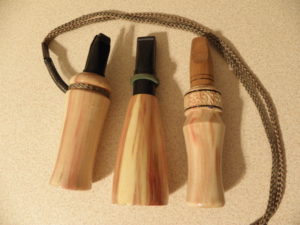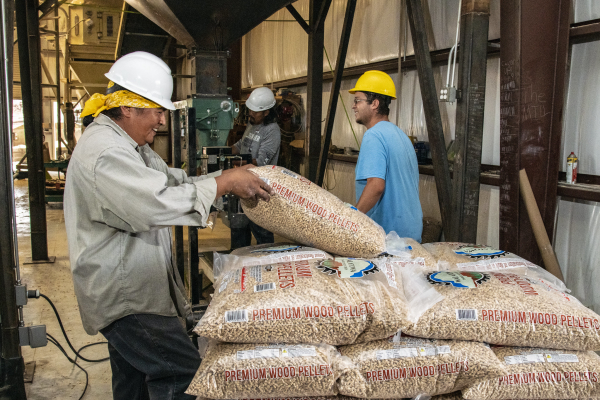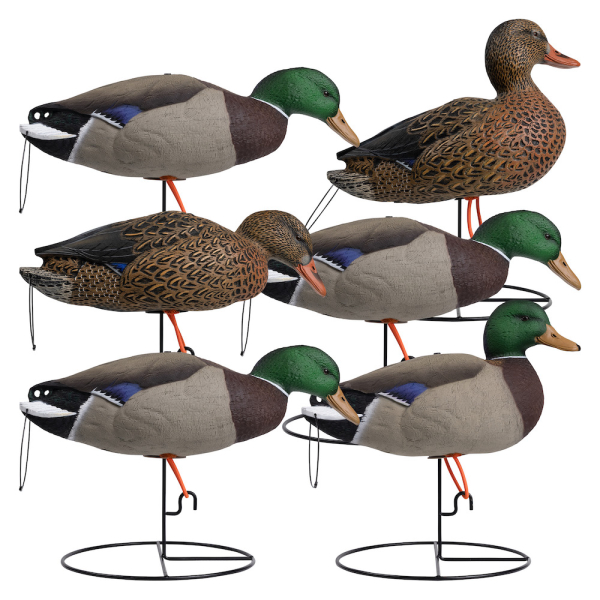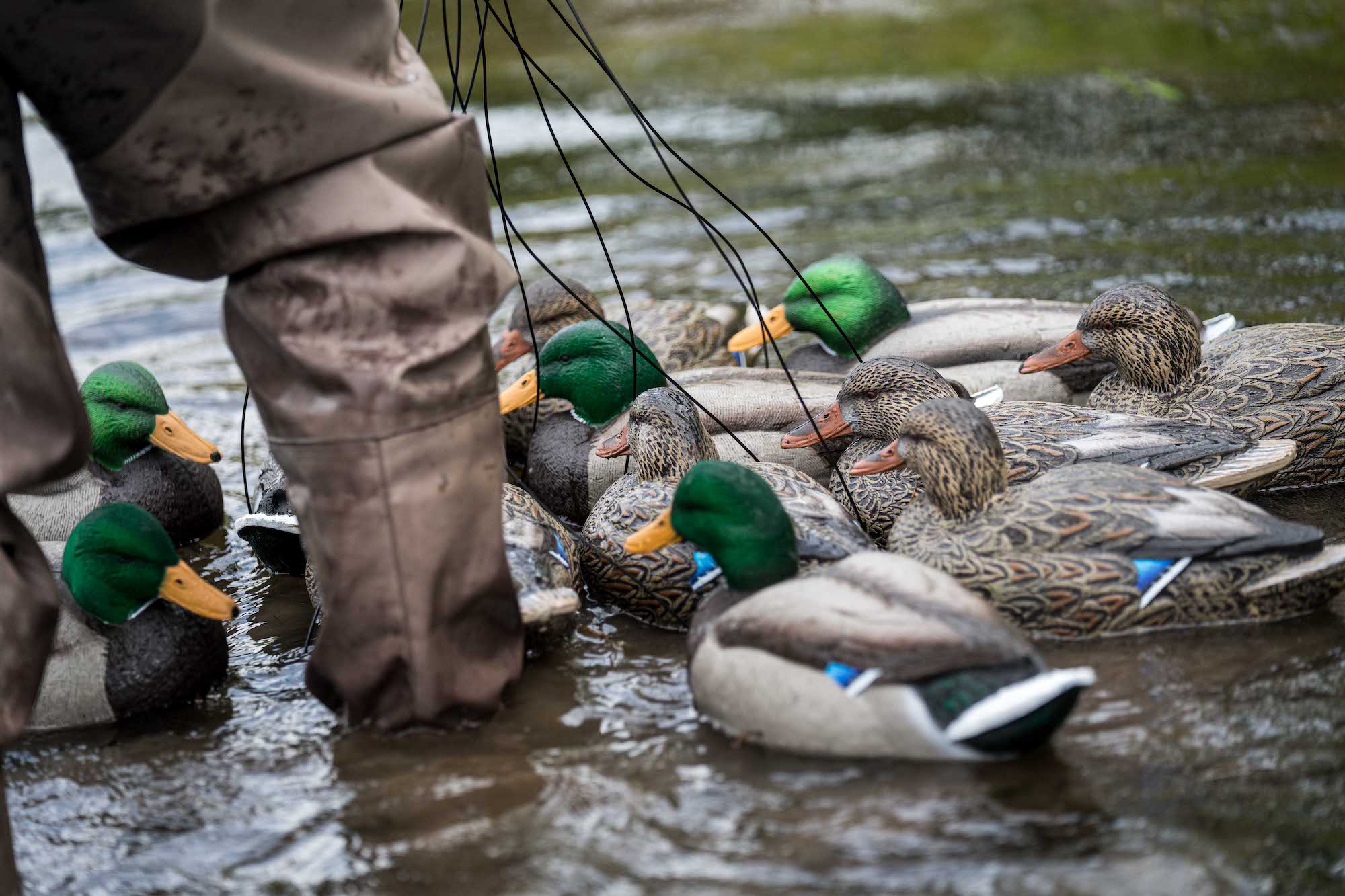Backyard Exotic Wood Calls
By Glen Wunderlich
The act of calling wild animals holds a high level of intrigue for most hunters. It’s never been easier, either, with remote control electronic callers and battery-operated decoys with the ability to utilize hundreds of stored calls at the push of a button. Everything from squirrels to mountain lions can be tricked into reacting to realistic recordings good enough to fool even the most wary wildlife.
Although it may be easier than ever to produce appropriate audio for the task at hand, closing the deal involves much more than pushing the right button for the occasion. It takes knowledge of the target animals’ vocalizations and when to use them correctly.
In addition, setting the caller up in the proper position relative to the wind and surroundings involves a basic understanding of how a given animal may respond. Other than that, the entire experience has been dumbed down to the point that novices can be successful. Obviously, there is no guarantee that these electronic marvels can overcome inexperience, but they’ve gotten plenty of hunters into the pursuit of predators and other game animals. All it takes is cash.
However, there is always one piece of equipment I will carry afield as an insurance policy against electronic malfunctions: a mouth-blown call. Invariably, battery-operated anything is subject to failure, and when your caller is some 100 yards away and doesn’t respond to your transmitter’s signal, you’re out of business. Enter the hand call.
Closed-reed calls are simple to use, providing the user knows the particular language needed to coax an animal nearer. It’s simplicity itself to hang a number of them around one’s neck on a lanyard and to use them spontaneously – something the electronic caller cannot match.
Over the years, my collection of hand calls has grown to include store-bought calls, as well as custom calls made by some of the most talented woodworkers in the country. More specifically, some of these cherished game calls have been fashioned from wood I’ve found locally while cutting firewood.
What is surprising is how much exotic wood may be hidden under a tree’s bark.
In fact, my favorite crow calls were turned from wood that most people typically overlook even for firewood: boxelder. Yes, those horrid trees that host those creepy boxelder bugs may contain a silver lining known to custom callmakers as flame boxelder – a red coloration in the otherwise plain, blond wood.
A recent discovery is sure to lead to more unique custom calls, as packages of wild cherry have been sent thousands of miles from my Michigan property to some fine craftsmen in Arizona. The deal provides the callmakers enough “foreign” material to make me a call or two and all they have to pay is the cost of USPS flat-rate shipping. They, in turn, use the remaining wood for works of art destined to parts unknown.
Although I still rely on the electronic caller, I never leave home without contingency plans around my neck.








